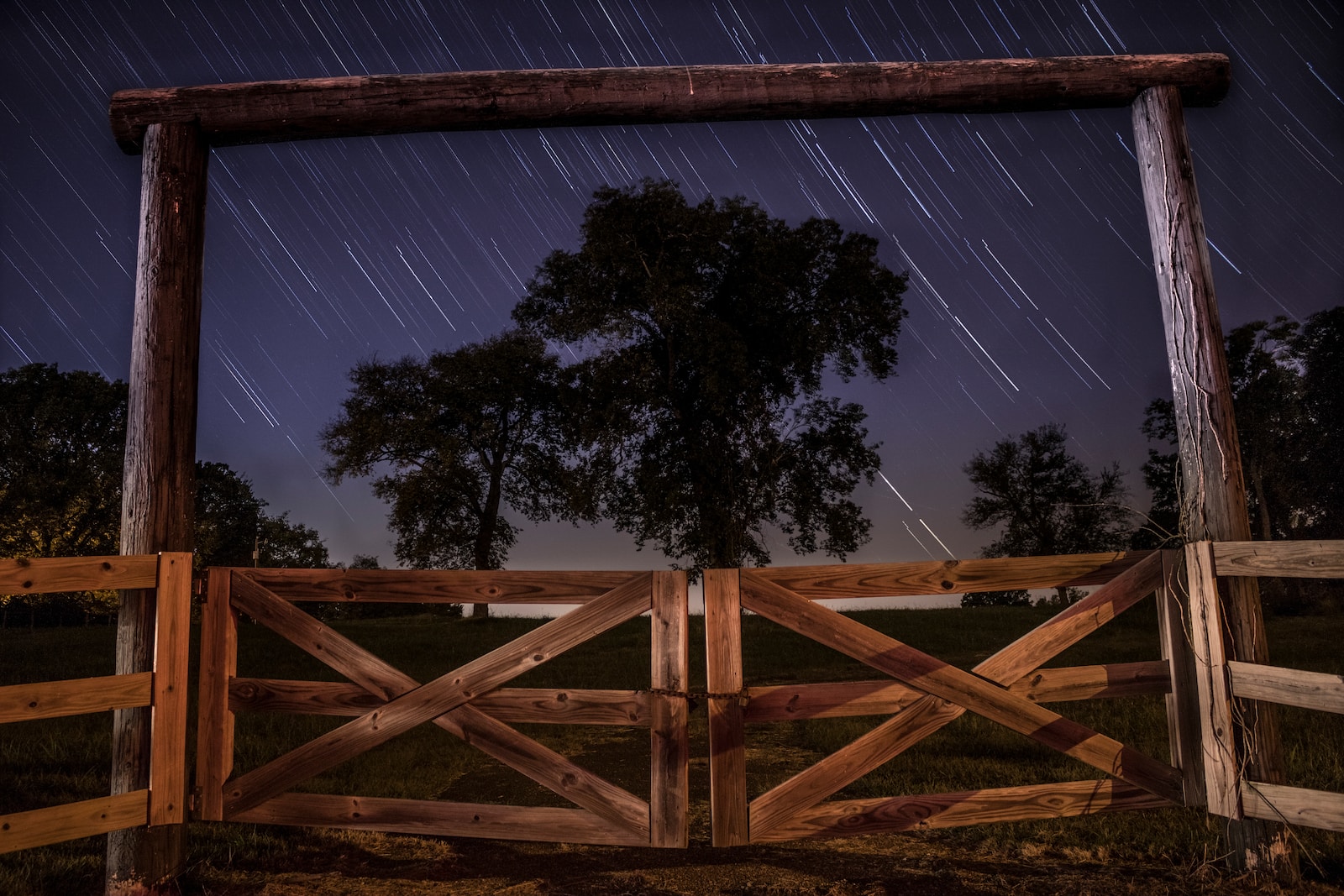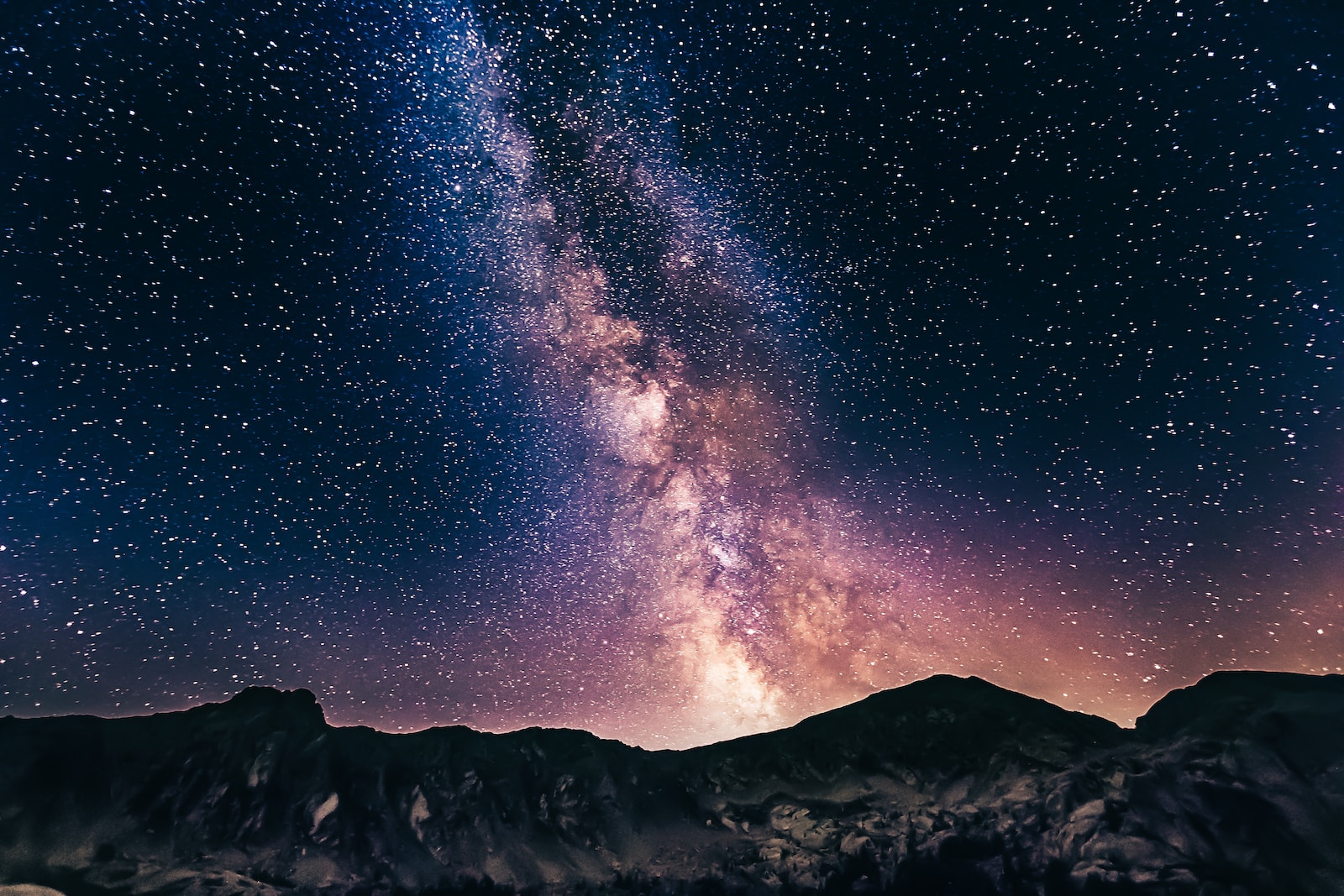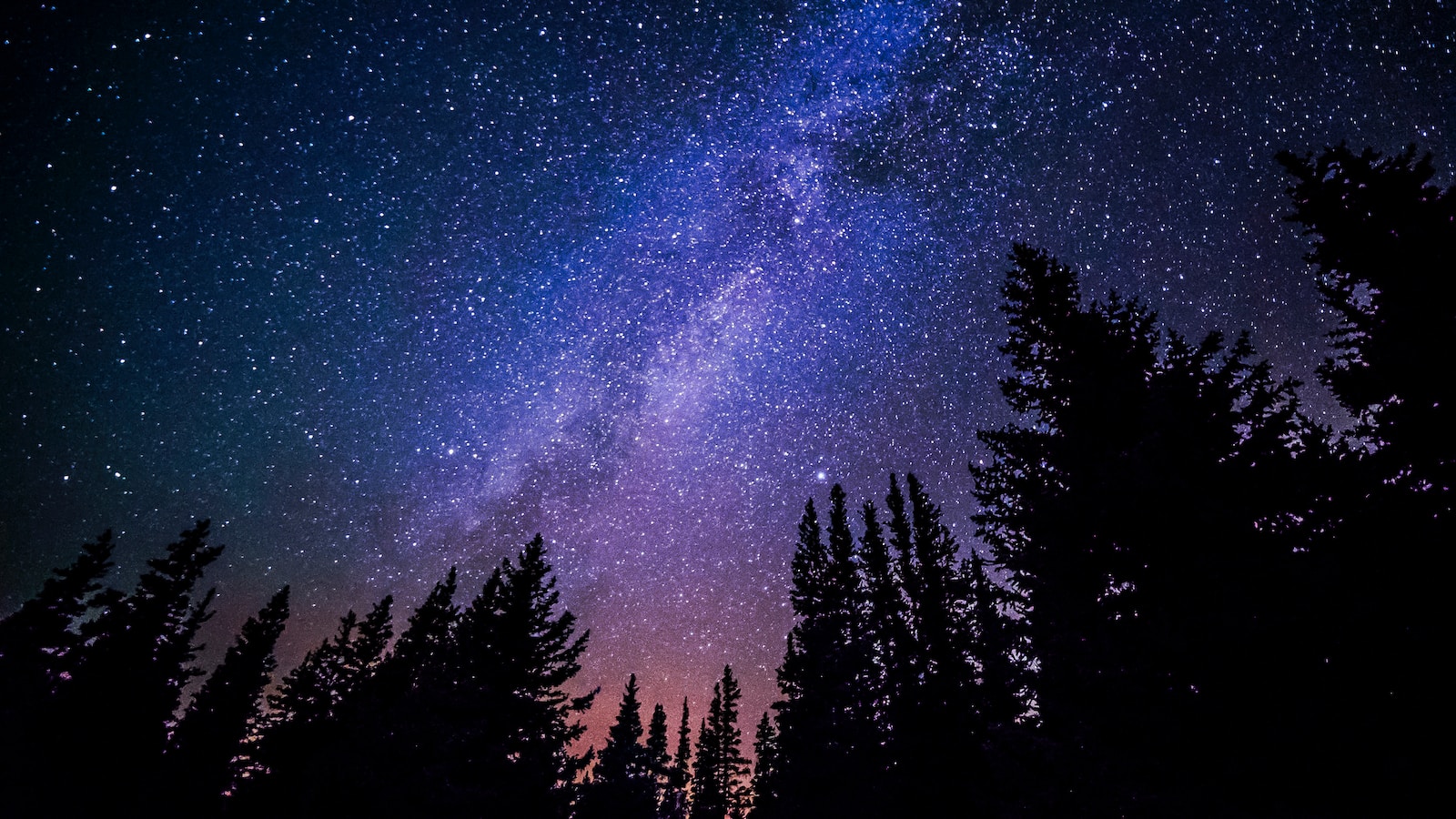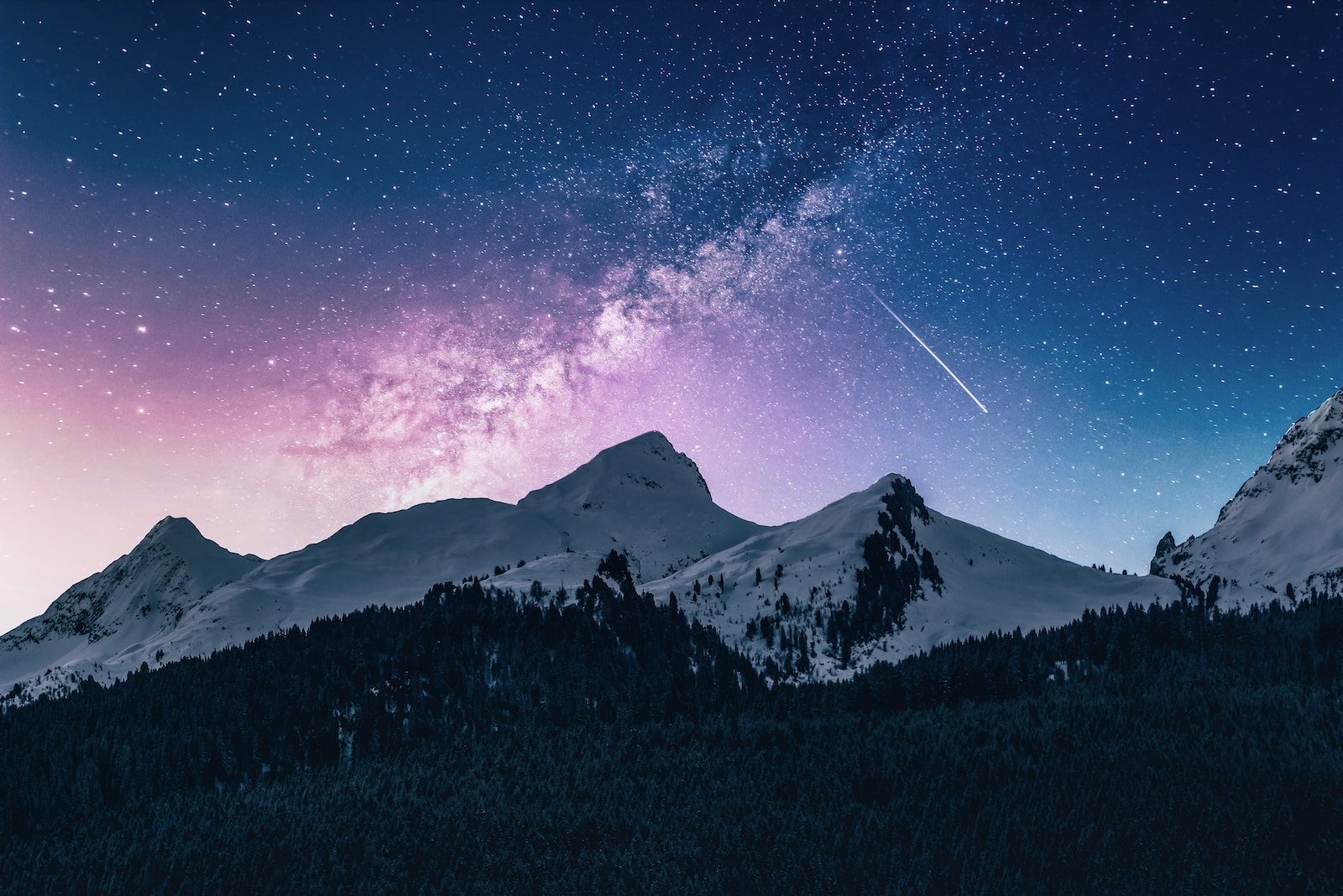Welcome to Night Sky/Astrophotography and Trespassing Laws, where we explore the captivating world of astrophotography and shed light on the legalities surrounding trespassing and public property laws. Whether you’re a photography enthusiast or simply curious about the breathtaking night sky, this blog will provide you with valuable information and insights. Discover how to capture stunning images of the cosmos while staying within the boundaries of the law. Join us as we unravel the secrets of the night sky and navigate the legal landscape of astrophotography.
Table of Contents
- Trespassing Laws: Key Considerations
- Trespassing Laws: A Comprehensive Guide
- Tips, Techniques, and Legal Considerations
- Frequently Asked Questions
- 1. Is astrophotography legal on public property?
- 2. What are the trespassing laws regarding astrophotography?
- 3. Can I photograph the night sky without trespassing?
- 4. Are there any specific rules or restrictions for astrophotography?
- 5. Are there any additional permits required for astrophotography?
- 6. How can I find public stargazing areas for astrophotography?
- Wrap Up
Trespassing Laws: Key Considerations
Some key considerations for trespassing law that you should be aware of are:
- Trespassing law varies depending on the jurisdiction and the type of property involved. Generally, trespassing occurs when a person enters or remains on another person’s property without permission or legal authority.
- Trespassing can have civil or criminal consequences, such as fines, damages, injunctions, or imprisonment. Trespassers may also face liability for any harm or injury they cause to the property or its occupants.
- Trespassing law may affect astrophotographers who wish to access private lands or restricted areas to capture the night sky. Some examples of such places are farms, ranches, mines, military bases, airports, power plants, or historical sites.
- To avoid trespassing, astrophotographers should obtain permission from the landowner or the authority in charge of the property before entering or photographing it. Permission can be written or verbal, express or implied, and may be subject to certain conditions or limitations.
- Permission can be revoked at any time by the landowner or the authority, and astrophotographers should respect their decision and leave the property immediately. Permission can also be invalidated by changing circumstances, such as new signs, fences, locks, or security measures.
- If permission is not granted or is unclear, astrophotographers should seek alternative locations for their photography. Public lands, such as national parks, state parks, forests, or wildlife refuges, may offer opportunities for astrophotography without trespassing. However, astrophotographers should also be aware of the rules and regulations that apply to these public lands, such as permits, fees, hours, access points, camping, lighting, noise, or wildlife protection.
- Astrophotographers should also respect the privacy and property rights of others while photographing the night sky. They should not use drones, helicopters, airplanes, or other aerial devices without authorization. They should not photograph people or buildings without consent. They should not damage or interfere with any structures, equipment, crops, animals, or natural features on the property.
- Astrophotographers should also follow ethical and environmental principles while photographing the night sky. They should minimize light pollution and energy consumption by using low-impact lighting techniques and dark-sky-friendly equipment. They should avoid disturbing or harming any wildlife or plants on the property. They should leave no trace of their presence and take nothing but photographs.
By following these considerations, astrophotographers can enjoy their hobby while staying within the law and respecting the environment. This is not legal advice. For specific legal questions or issues, please consult a qualified lawyer.
Trespassing Laws: A Comprehensive Guide
Astrophotography is a fascinating hobby that allows us to capture the stunning beauty of the night sky and its celestial objects. However, astrophotography also involves legal and ethical issues that we need to be aware of and respect. In this blog, we will provide you with a comprehensive guide on how to enjoy astrophotography while staying within the law and minimizing your impact on the environment. We will cover topics such as:
- The basics of astrophotography: what equipment and techniques you need to photograph the stars, planets, nebulae, galaxies, and other astronomical phenomena
- The legal aspects of astrophotography: what trespassing laws and public property regulations apply to your location and subject, and how to obtain permission from landowners or authorities if needed
- The ethical aspects of astrophotography: how to preserve the natural habitats and ecosystems of the places you visit, and how to reduce light pollution and environmental damage caused by your activities
- The conservation aspects of astrophotography: how to use your images and stories to raise awareness and support conservation efforts for endangered species and their habitats
- The educational aspects of astrophotography: how to inspire and educate future generations about the wonders of the night sky and the importance of protecting it
By following this guide, you will be able to enjoy astrophotography responsibly and legally, while creating amazing images that showcase the beauty of the cosmos.
The Hubble Space Telescope has captured images of galaxies that are billions of light-years away, offering a glimpse into the universe's distant past.
As astrophotography continues to grow in popularity, understanding the legalities of trespassing and public property laws is paramount. By respecting private property rights and responsibly capturing images of the night sky, we can foster a harmonious relationship between photographers and the law. So grab your camera, explore the cosmos, and embrace the wonders of astrophotography while keeping both the beauty of the night sky and the legalities in mind.
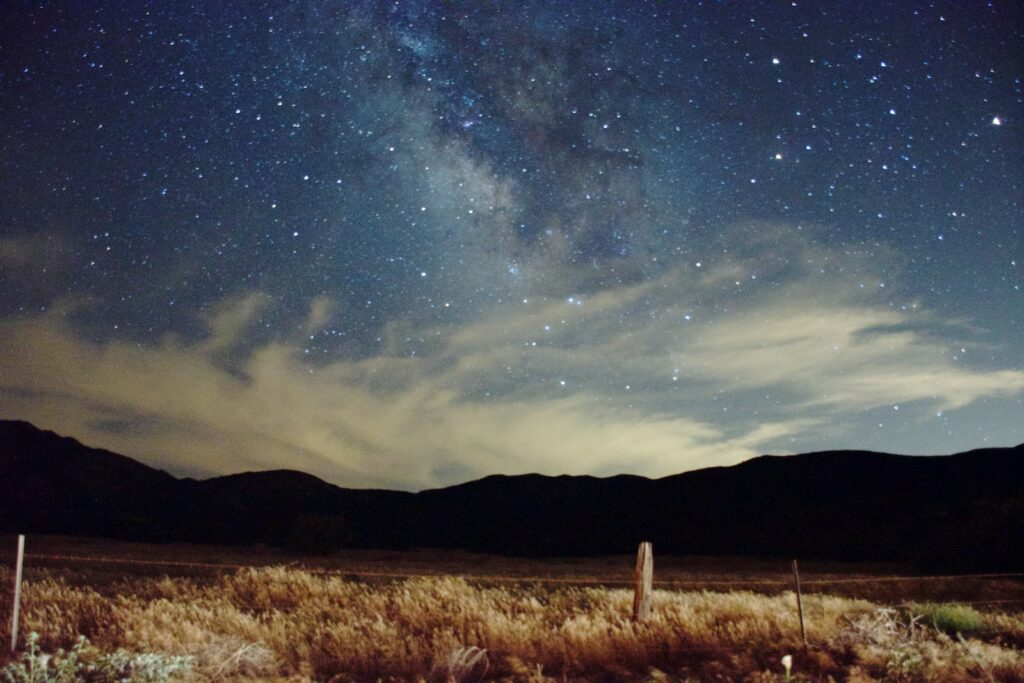
Tips, Techniques, and Legal Considerations
Astrophotography, the art of capturing stunning images of the night sky, has gained immense popularity in recent years. Photographers are drawn to the beauty and mystery of the cosmos, aiming to capture breathtaking shots of stars, galaxies, and other celestial phenomena. However, it’s essential to be aware of the legalities surrounding astrophotography, particularly when it comes to trespassing and public property laws.
Understanding Trespassing Laws
Trespassing occurs when an individual unlawfully enters someone else’s property without permission. In the context of astrophotography, trespassing can happen when photographers venture onto private land or restricted areas in pursuit of the perfect shot. It is crucial to respect private property rights to avoid legal consequences.
Knowing Public Property Laws
Public property, such as national parks, state parks, and other designated areas, can offer excellent opportunities for astrophotography. However, it’s important to familiarize yourself with the specific rules and regulations governing these public spaces. Each location might have different guidelines and restrictions, including photography permits, designated observation areas, or nighttime access restrictions.
Research, Research, Research
Prior to planning your astrophotography adventure, conduct thorough research on both trespassing and public property laws in your intended shooting location. Check with local authorities, park services, or astronomy clubs to gather comprehensive information. Understanding the legal framework will enable you to make informed decisions and avoid any legal issues.
Seek Permission
If you desire to capture astrophotography on private property, the best course of action is to seek permission from the landowner or authorized personnel. Initiating a respectful conversation can not only provide you with a legal opportunity to shoot but also potentially open doors to unique, off-the-beaten-path locations.
Utilize Public Observation Areas
Many public parks and observatories have designated observation areas specifically tailored for viewing and photographing the night sky. These areas often have minimal light pollution, ensuring optimal conditions for astrophotography. By utilizing these designated spots, you can enjoy your hobby while adhering to public property regulations.
Astrophotography offers incredible opportunities for capturing the beauty of the night sky. However, it is essential to navigate the legal landscape surrounding trespassing and public property laws. By understanding and respecting these laws, you can enjoy this fascinating hobby while safeguarding your photography practice and maintaining the integrity of our shared spaces.
Frequently Asked Questions
1. Is astrophotography legal on public property?
Astrophotography is generally allowed on public property as long as you are within legal boundaries, such as public parks or designated stargazing areas. It is important to check local laws and regulations to ensure compliance.
2. What are the trespassing laws regarding astrophotography?
Trespassing laws vary from place to place. In most cases, trespassing on private property without permission is illegal. Always respect private property rights and obtain the necessary permits and authorizations when photographing in privately owned areas.
3. Can I photograph the night sky without trespassing?
Absolutely! There are numerous public locations where you can capture breathtaking night sky photographs without trespassing. Look for public parks, national forests, or designated stargazing areas where you can legally photograph the night sky.
4. Are there any specific rules or restrictions for astrophotography?
While the legality of astrophotography varies depending on location, it is crucial to follow certain rules to ensure both your safety and the preservation of the natural environment. Avoid making excessive noise, leaving litter, or disrupting wildlife when engaging in astrophotography.
5. Are there any additional permits required for astrophotography?
In some cases, additional permits may be necessary for astrophotography, especially if you plan to use artificial lighting equipment or conduct commercial shoots. Research local regulations and contact the relevant authorities to obtain any required permits.
6. How can I find public stargazing areas for astrophotography?
You can search online for public stargazing areas near your location. Additionally, contacting local astronomy clubs or organizations can provide valuable information about nearby public areas suitable for astrophotography.
Wrap Up
In conclusion, astrophotography is an awe-inspiring hobby that allows us to capture the beauty of the night sky. However, it’s important to be aware of the legalities surrounding trespassing and public property laws. By respecting these laws, we can ensure the preservation of our natural landscapes and avoid any legal consequences. Remember, there are plenty of incredible locations where you can capture breathtaking night sky photographs within the boundaries of the law. Have you ever delved into the world of astrophotography? What are some of your favorite spots to shoot? We’d love to hear from you in the comments section below! Let’s keep the conversation going and inspire each other with our shared passion for night sky photography.
